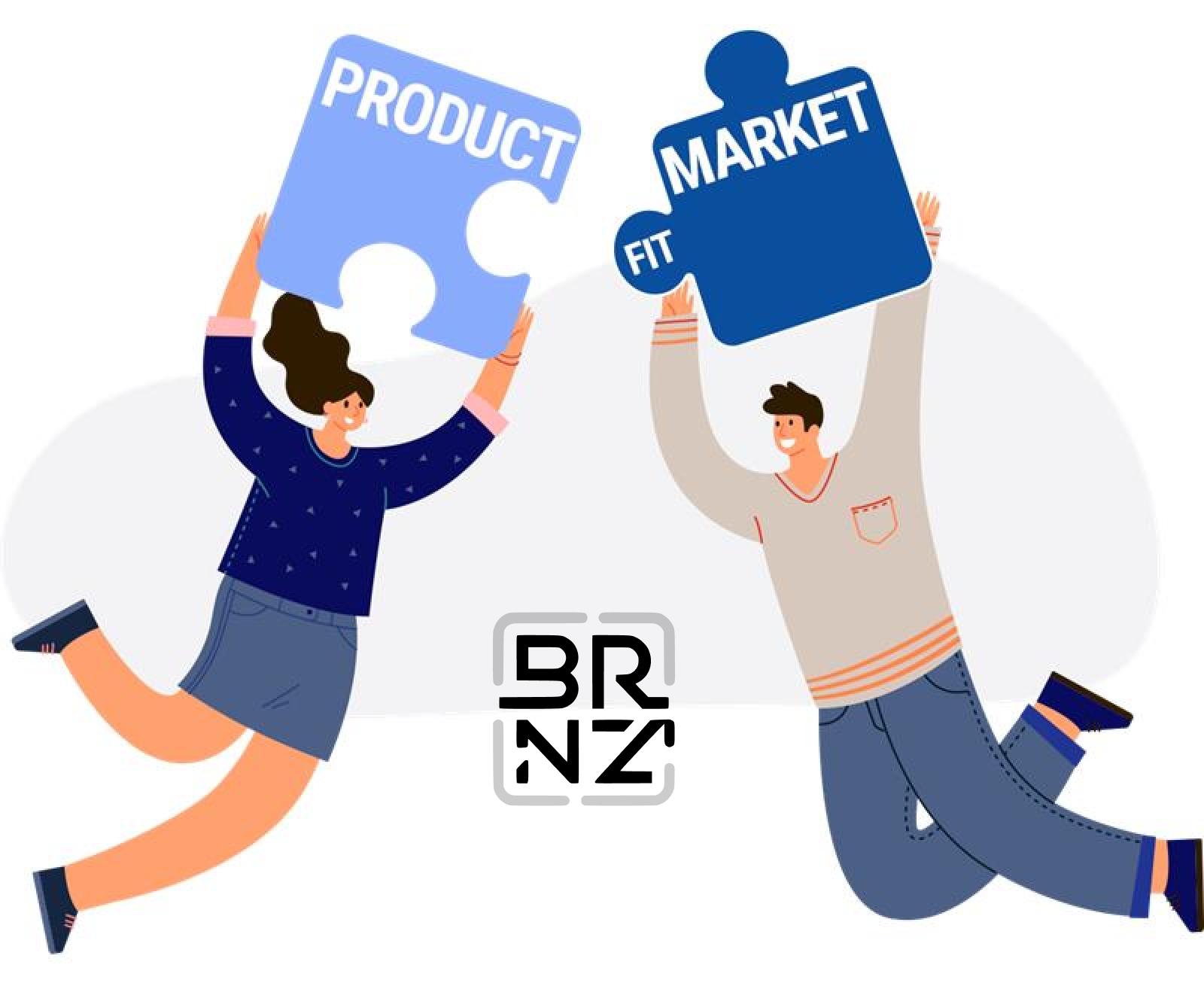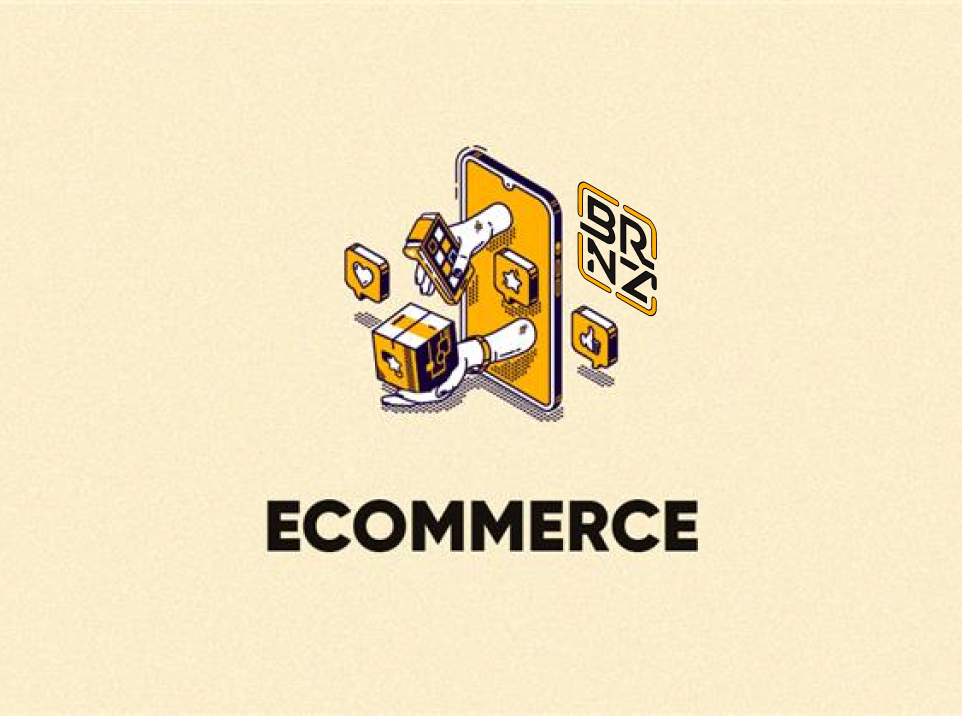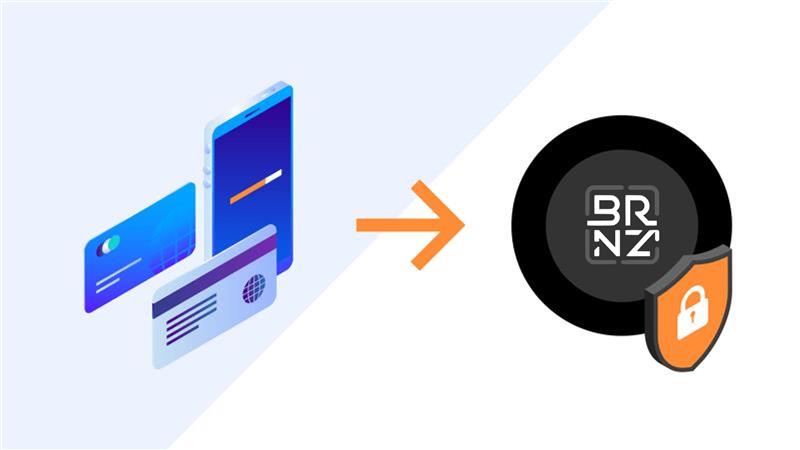Let’s talk about the deadliest lie in the startup world.
It’s not about funding.
It’s not about scaling too fast.
It’s not even about competition.
It’s this:
“We’ve got product-market fit.”
No, you probably don’t.
You have a few downloads. Some compliments. A handful of early sales.
But if your retention is weak, referrals are flat, and usage drops after day one — you don’t have a fit.
You have a fantasy.
The Illusion That Kills Startups
70% of startups never reach real product-market fit.
And worse — most founders think they already have it.
They confuse:
- Early attention with long-term traction
- Interest with actual demand
- Buzz with buy-in
They burn resources scaling something that was never validated in the first place.
It looks like momentum.
It feels like progress.
But it’s a trap — and it leads straight to the cliff.

The Danger of Fake Fit
Here’s what happens when you mistake early signs for real validation:
🚫 You pour money into building the wrong thing
You double down on features no one really cares about.
🚫 You overvalue your startup
You pitch investors with vanity metrics and inflated projections.
🚫 You get stuck
Because the feedback feels “positive,” you resist necessary pivots — even when usage drops.
Fake PMF doesn’t just slow you down. It blinds you. It drains your runway. And eventually, it sinks the whole thing.
What Real Product-Market Fit Looks Like
✅ Your users come back — without reminders
✅ Your solution solves a real, painful, expensive problem
✅ Word-of-mouth starts to work — without begging
✅ Your CAC doesn’t eat your margins
✅ People pay, use, and recommend — repeatedly
No guessing. Just measurable, repeatable traction.
How to Validate the Right Way
If you’re still early-stage, your job is not to scale.
Your job is to test hard, fail fast, and find signal.
Here’s how:
1. Know the Market Better Than Anyone
- Map your customer personas
- Run surveys, interviews, and field research
- Find where the pain is so obvious, they’ve already been trying to solve it themselves
2. Build an MVP That’s So Focused, It Hurts
Not a full app. Not 10 features.
Just one thing — done well — that solves one painful problem.
3. Measure What Matters
- Retention
- Usage frequency
- Willingness to pay
- Net Promoter Score (NPS)
Ignore vanity metrics. Track behavior.

Build What Actually Sells
It’s easy to build what you think is smart.
It’s harder — but smarter — to build what the market is already asking for.
- Let customer feedback drive your roadmap
- Shorten your dev cycles
- Make feedback loops the heartbeat of your process
This is how great products evolve: by listening aggressively and acting quickly.
Stop Trusting Buzz — Start Trusting Behavior
If you’re getting signups but no usage, that’s not traction.
If people “love the idea” but won’t pay — that’s not demand.
If you’re relying on press to drive retention — you’re in trouble.
You can’t scale something people don’t love to use.
So Where Do You Go From Here?
Ask yourself:
- Are you building for customers or for your ego?
- Are you iterating based on emotion — or data?
- Are you chasing growth — or chasing proof?
If you’re serious about building something that can scale and sell, it starts with brutal honesty and real validation.
🚨 We work with founders who want to build $20M companies — starting with the right foundation.
🚀 Turn your expertise into a $20M startup in 24 months. Only two spots left for 2025.



